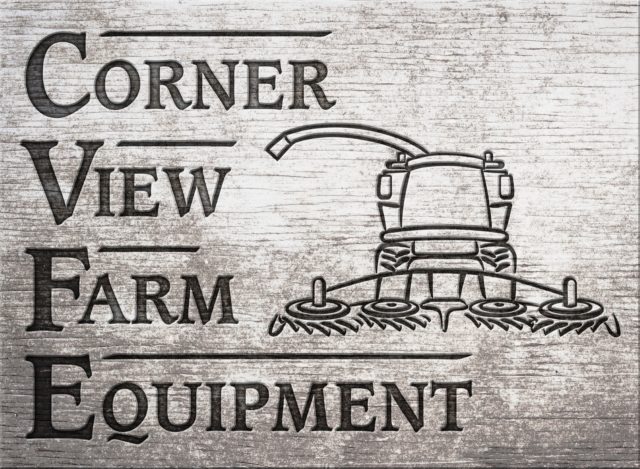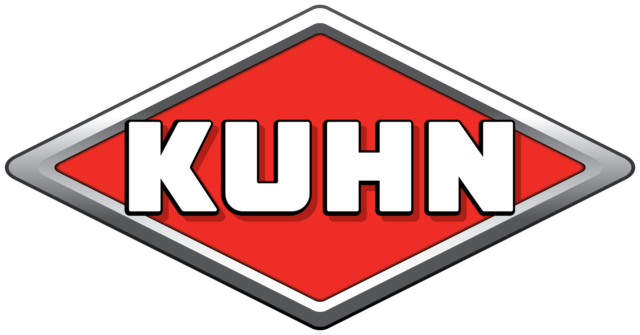Poultry litter is a popular alternative fertilizer for East Texas farmers, said Dr. Vanessa Corriher-Olson, AgriLife Extension forage specialist of Overton.
But producers should evaluate the nutrient value and timing of nitrogen availability to plants to ensure they are getting the most out of fertilizer whether using urea, ammonium nitrate or poultry litter.
“Litter is a viable option for nitrogen, phosphorous and potassium, but there are some things to keep in mind when considering poultry litter as a fertilizer for forage or hay production,” she said.
First, producers should test their soils as prescribed to determine what nutrients are needed to optimize grazing or hay production, she said. The test should be a guide for producers’ decisions on fertilizer applications.
“If the soil test says you don’t need phosphorous, then there is no value in it,” she said. “You’re paying for something you don’t need.”
Corriher-Olson said nutrient concentrations in litter are highly variable based on whether the birds are broilers, pullets or layers, and even vary from farm-to-farm and house-to-house or how and how often they are cleaned, when compared with urea or ammonium nitrate.
“The nitrogen available comes in various forms, and so not all nitrogen is readily available to the plant at the time of application,” she said. “Litter is more of a slow release compared to ammonium nitrate.”
Slow versus immediate availability of nitrogen can greatly impact forage production, especially for hay producers looking to maximize the quantity and quality of cuttings, she said.
“Slow release is good for grazing situations in pastures,” said Dr. Jason Banta, AgriLife Extension beef cattle specialist of Overton. “But in a hay production setting, that’s not so good. When weather conditions are favorable, an additional source of nitrogen may be warranted.”
To take advantage of favorable growing conditions, hay producers would want to apply some urea or ammonium nitrate to get an immediate production boost, Banta said.
Broiler litter has the highest concentration of nutrients compared with litter from layers or pullets, Banta said. But layer and pullet litter can be good buys depending on litter and traditional fertilizer costs.
An average ton of broiler litter contains 60 pounds of nitrogen, 55 pounds of phosphorous and 50 pounds of potassium. A ton of layer litter contains 40 pounds of nitrogen, 50 pounds of phosphorous and 40 pounds of potassium on average, and the average ton of pullet litter contains 28 pounds of nitrogen, 40 pounds of phosphorous and 40 pounds of potassium.
To evaluate the value of each litter source, one needs to determine the price per pound of nitrogen, phosphorus and potassium from traditional fertilizer sources, Banta said. Based on May 2017 market prices, the per-pound cost of nitrogen is 46 cents. Phosphorous is 52 cents, and potassium is 29 cents.
Using these values and the average pounds of nitrogen, phosphorus and potassium per ton of litter, from above, we can calculate the potential value of each litter source. Broiler litter would have a potential value of $70.70.
- The value of nitrogen per ton of broiler litter: 60 pounds x $0.46 = $27.60
- The value of phosphorus per ton of broiler litter: 55 pounds x $0.52 = $28.60
- The value of potassium per ton of broiler litter: 50 pounds x $0.29 = $14.50
- The total value per ton of broiler litter: $27.60 + $28.60 + $14.50 = $70.70
“If a producer could purchase broiler litter for less than 70 dollars and 70 cents, it would be a good buy compared to the same nutrients from traditional fertilizer sources,” Banta said.
Layer litter would have a potential value of $56, and pullet litter would be worth $44.41 per ton.
“These values will vary depending on traditional fertilizer prices and the actual nutrient content of your litter source,” he said.
Additionally, if soil tests indicate phosphorus is not needed, the value of broiler litter in our example would be $42.10.
“You want to know the potential value of the nutrients,” he said. “If the potential value is equal or greater than the cost of the litter, then it’s a good buy.”
Corriher-Olson and Banta said producers should send litter samples for analysis to determine the nitrogen, phosphorous and potassium concentrations so an accurate valuation of the litter can be calculated.
“The test will identify the true nutrient value of the litter and let you know if you are getting what your pasture needed,” Banta said. ![]()
This article originally appeared in AgriLife Today.











